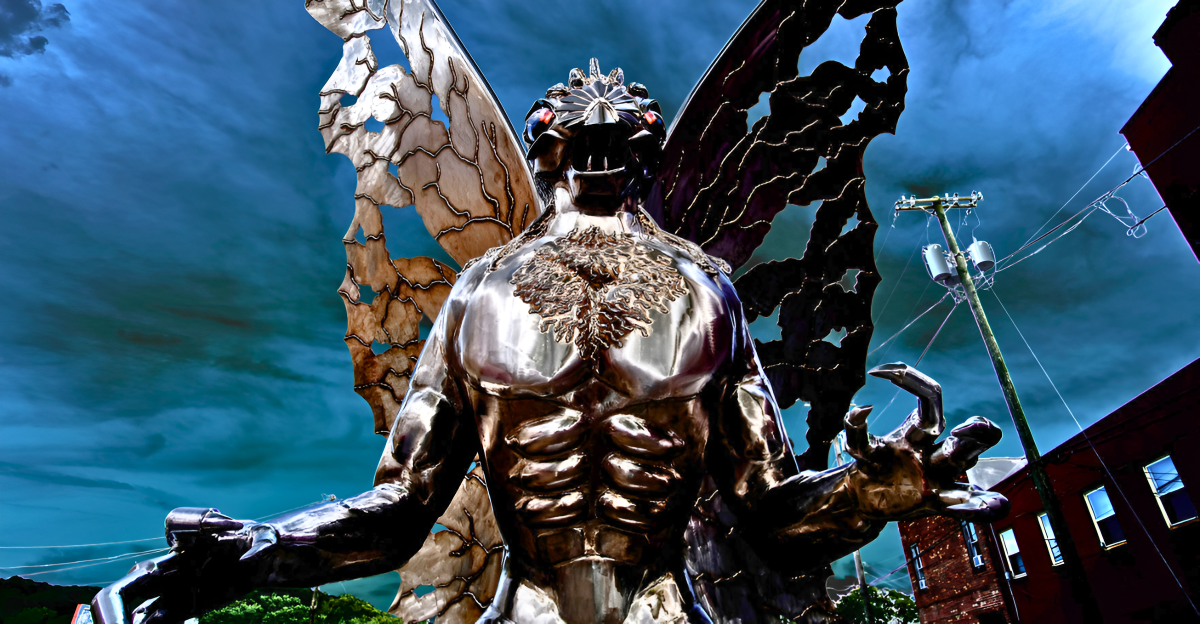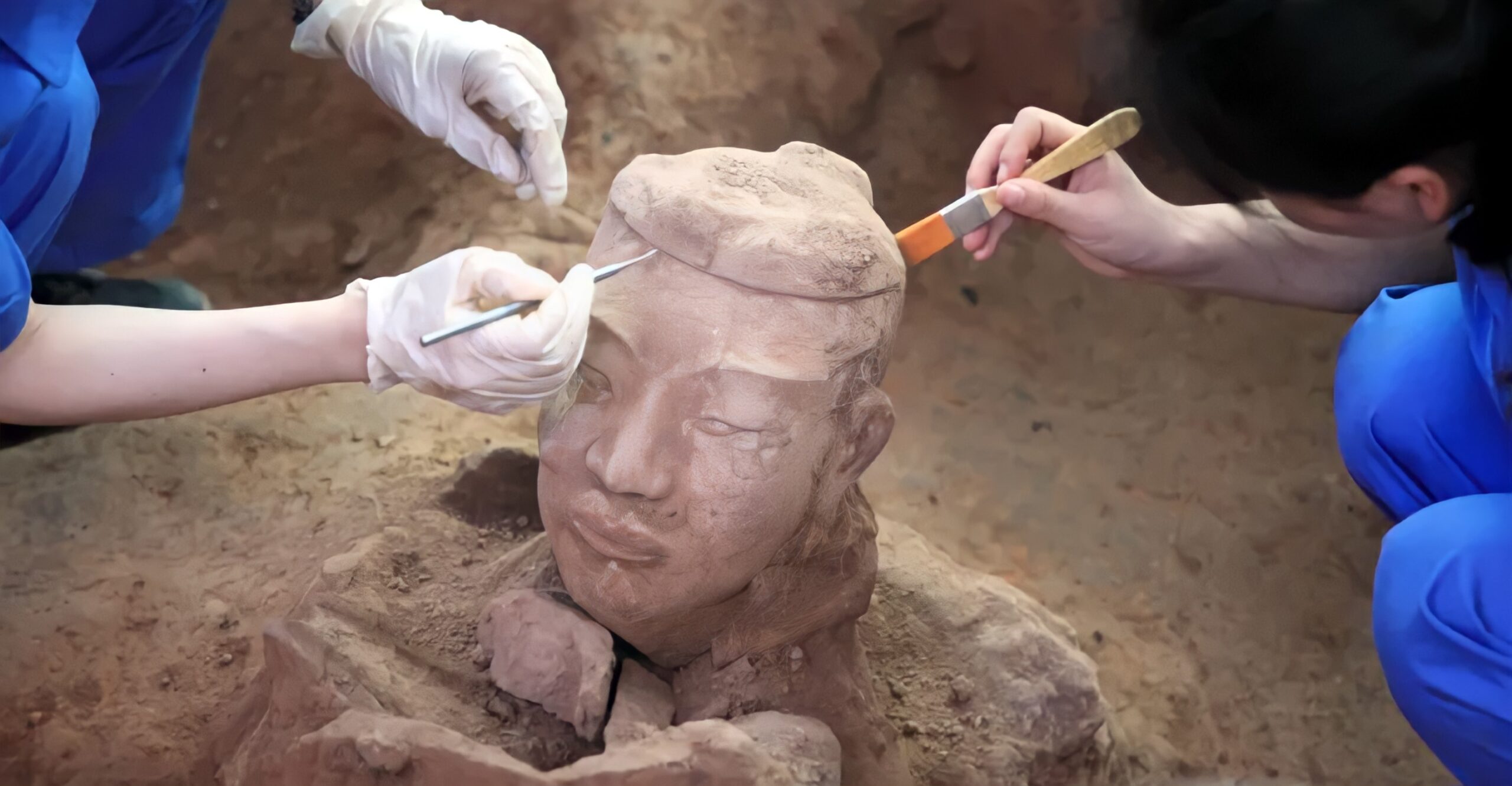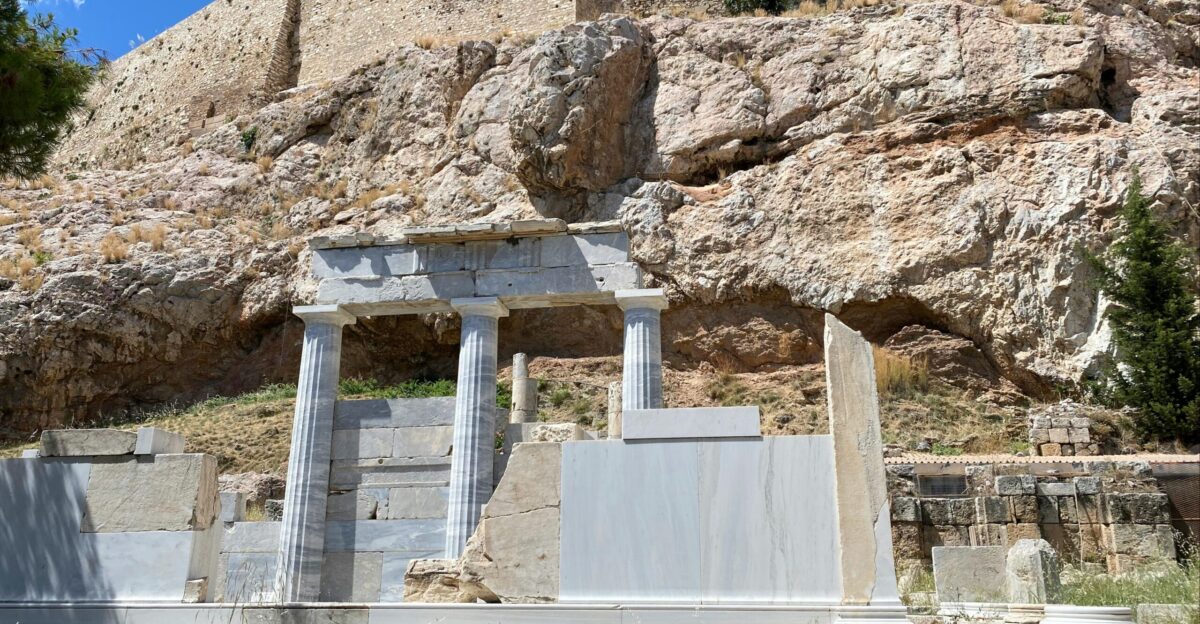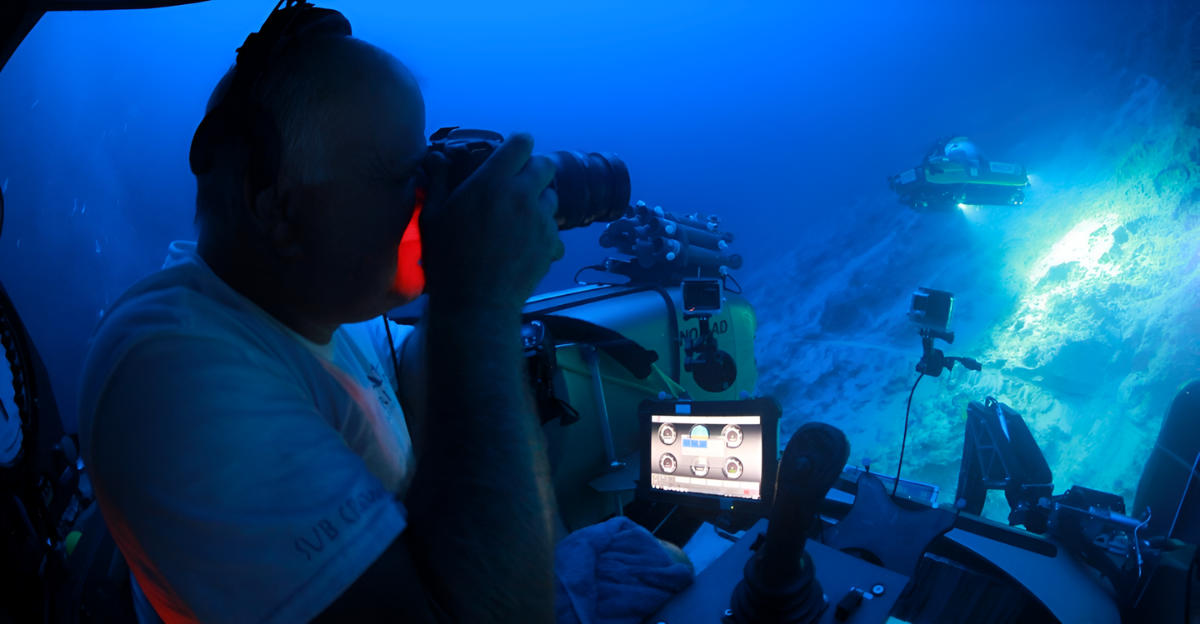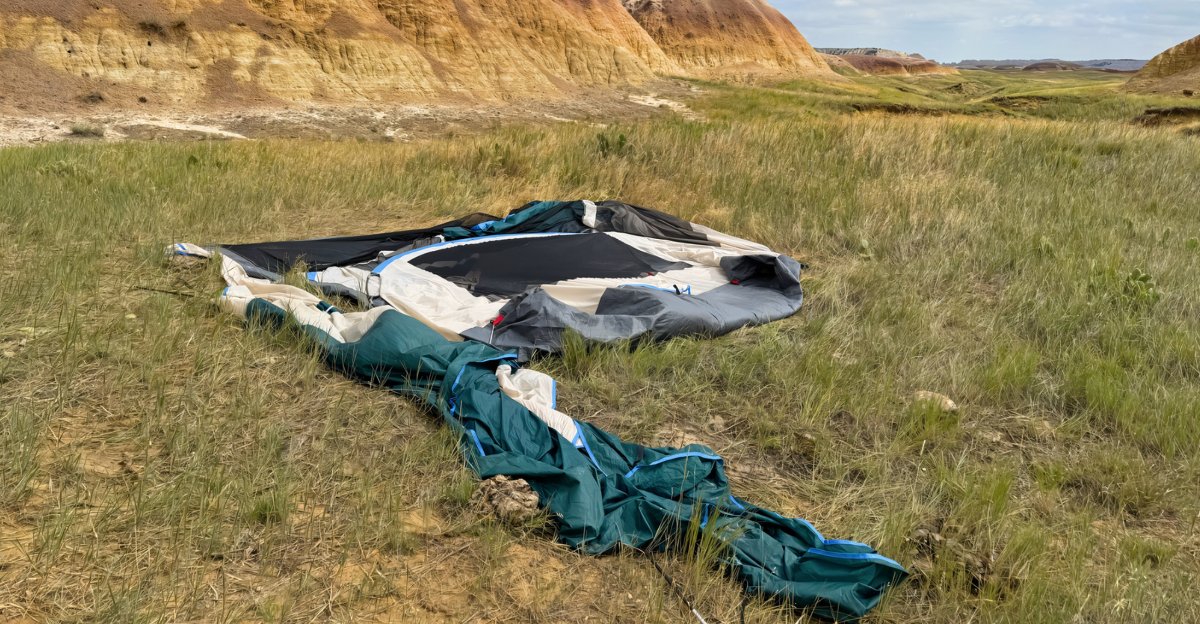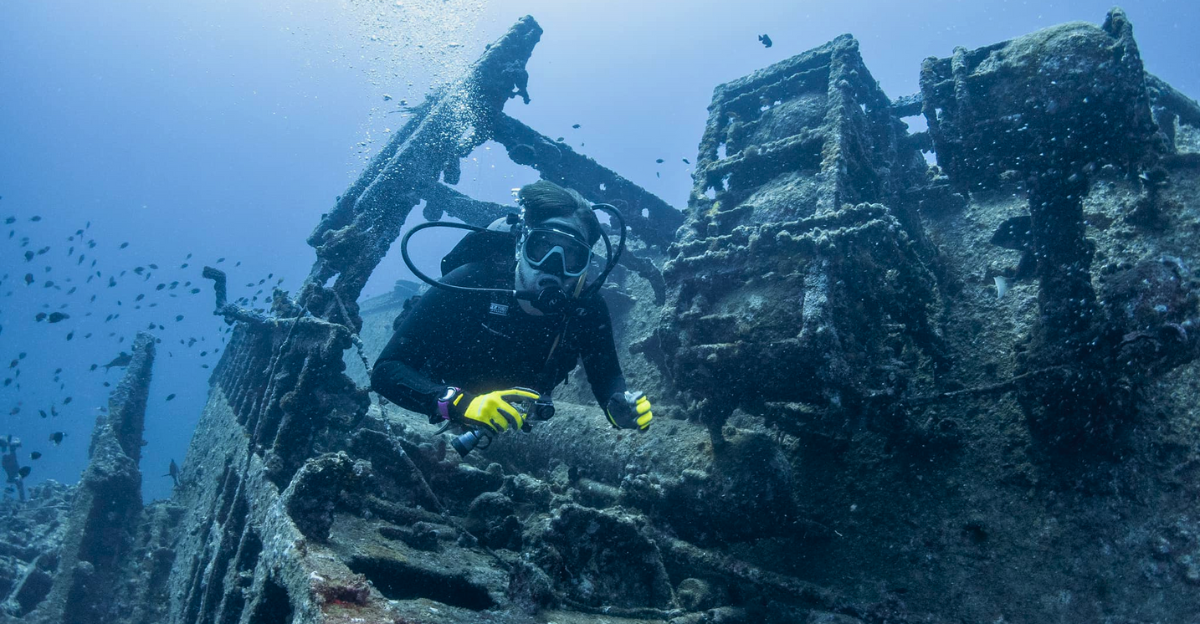
The San José galleon, a Spanish treasure ship sunk in 1708 near Cartagena, Colombia, is hailed as the “holy grail” of shipwrecks due to its immense treasure, estimated at around $21 billion. This warship, laden with gold, silver, emeralds, and other valuables from the Americas bound for Spain, was lost during a naval battle with the British Royal Navy in the War of the Spanish Succession. Using advanced underwater technology, the wreck was discovered in 2015 off Baru Island, near Cartagena. Since then, the find has sparked intense legal disputes over ownership involving the Colombian government, a US salvage company, and Spain. The shipwreck’s discovery offers a rare glimpse into 18th-century maritime trade and has immense archaeological and cultural significance while raising complex questions about heritage, sovereignty, and treasure rights.
1. Historical Background of the San José Galleon
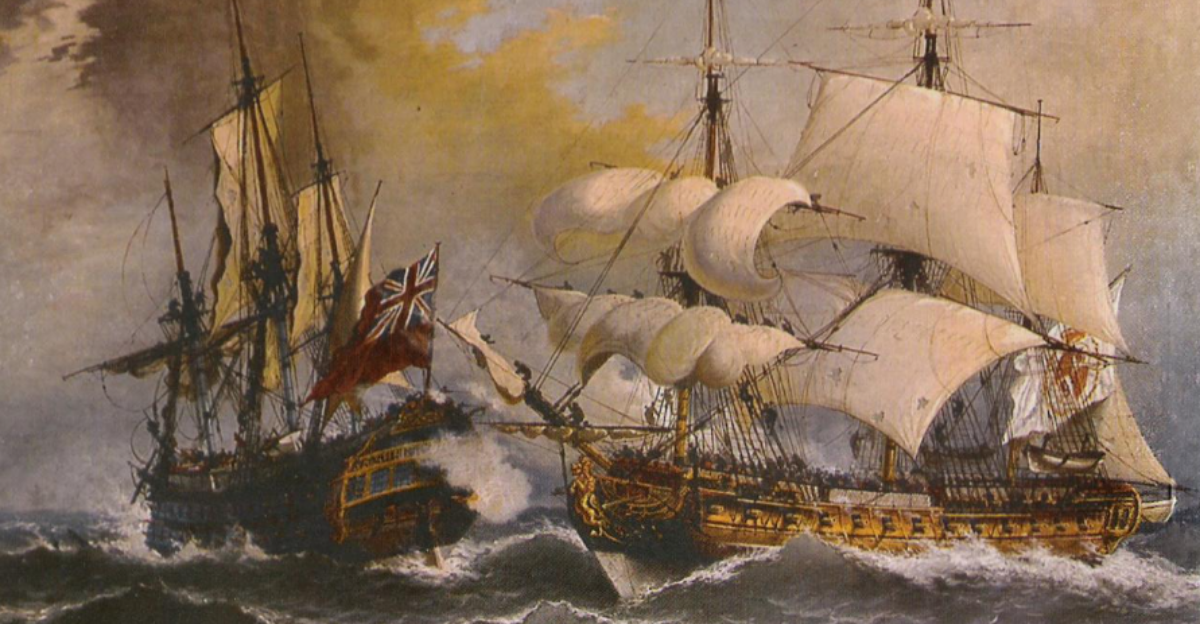
The San José was part of the Spanish treasure fleet during the War of the Spanish Succession, tasked with transporting vast wealth from the Americas to Spain to finance the war effort. Launched in 1698, this 64-gun, three-masted galleon carried gold, silver, emeralds, and other valuables mined primarily in South America, including Potosí, Bolivia. In June 1708, while sailing from Portobelo, Panama, to Cartagena, Colombia, the fleet was intercepted by British warships. During the ensuing battle, a British cannonball ignited the San José’s powder magazine, causing a catastrophic explosion that sank the ship and killed most of its crew. The treasure aboard was never recovered, fueling centuries of myths and treasure hunts.
2. Discovery and Identification of the Wreck
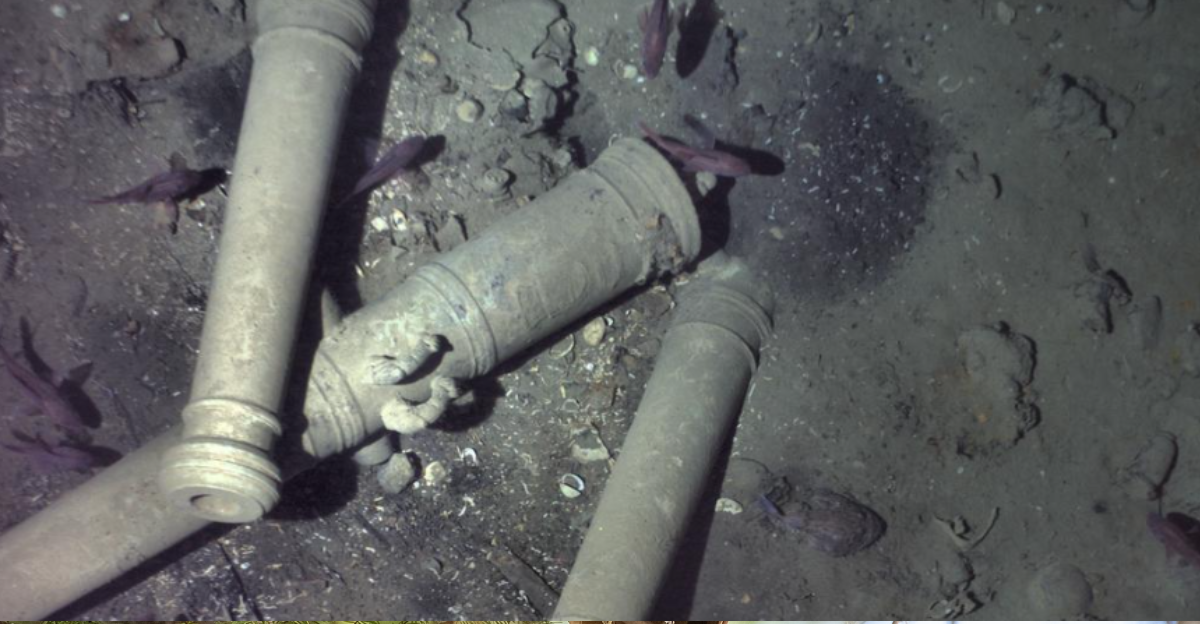
The San José wreck was located in 2015 by the Colombian Navy, with help from international scientists, using the REMUS 6000 autonomous underwater vehicle. The site lies nearly 2,000 feet underwater off Baru Island near Cartagena. Archaeologists confirmed the wreck’s identity through artifacts such as bronze cannons cast with dolphins and distinctive gold coins minted in Lima in 1707. These coins, known as cobs, bear heraldic emblems and a Jerusalem cross, matching historical records of the San José’s cargo. Colombian researchers and navy personnel played a central role in the identification, combining underwater imaging with archival research to conclusively link the wreck to the famed galleon.
3. Archaeological Significance and Research Findings
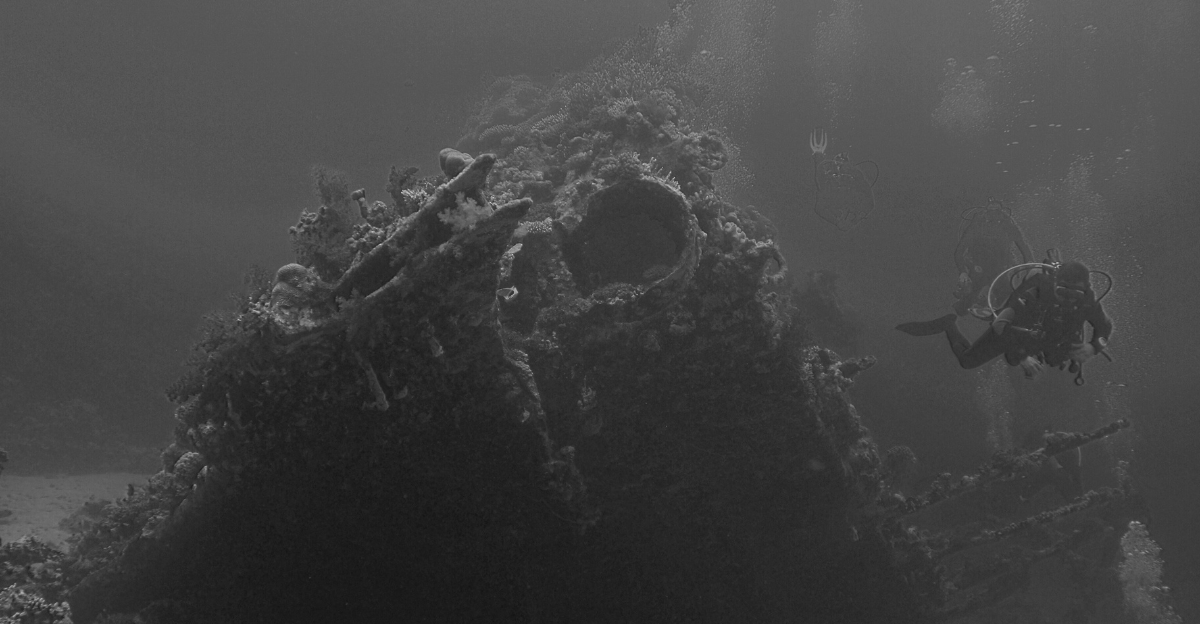
The San José site offers a unique underwater archaeological treasure trove at a depth of about 600 meters. The gold coins discovered feature intricate designs, including castles, lions, and Jerusalem crosses, minted primarily in Lima, Peru, in 1707. Researchers used photogrammetry and high-resolution imaging to create 3D models of the coins and artifacts, enabling detailed study without disturbing the site. The presence of Chinese porcelain and 17th-century cannons further enriches understanding of the ship’s cargo and trade routes. This non-invasive approach preserves the fragile site while providing valuable insights into 18th-century maritime commerce and Spanish colonial wealth transport.
4. Treasure Valuation and Contents
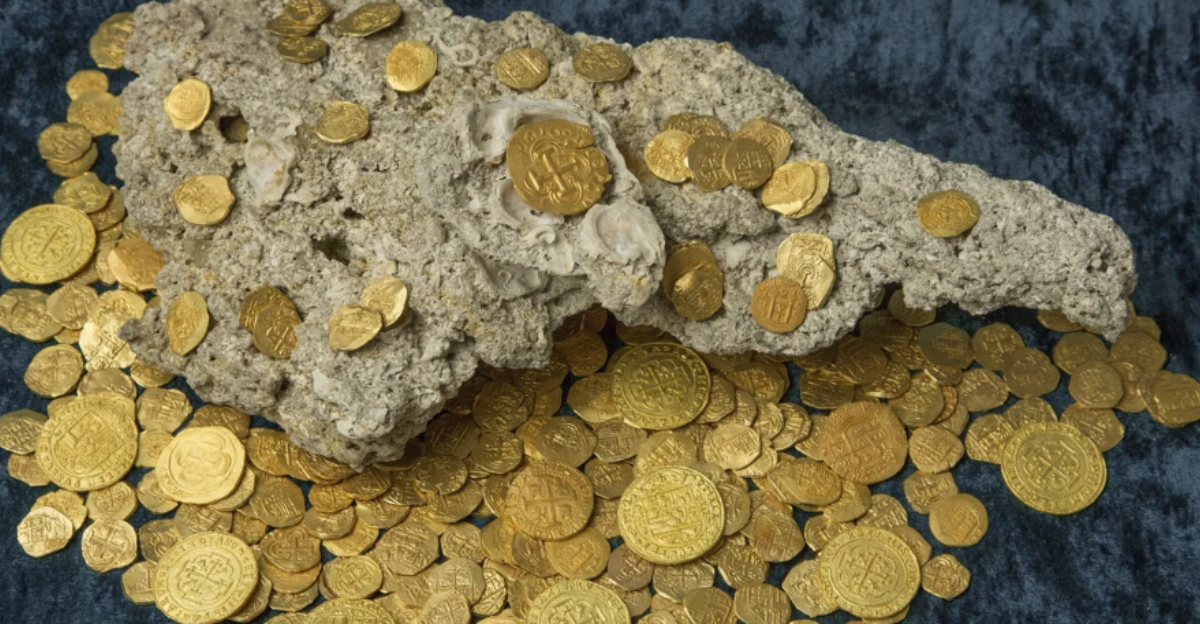
The treasure aboard the San José is estimated to be worth up to $21 billion, making it one of the richest shipwrecks ever found. It includes approximately 200 tons of gold coins, silver, uncut emeralds, gold ingots, Chinese porcelain, and 17th-century cannons. The coins, known as cobs, were the main currency in the Americas for over two centuries and are rare due to their age and mint origins. Compared to other famous shipwrecks like the Nuestra Señora de Atocha, the San José’s cargo is unparalleled in scale and historical value, earning it the nickname “holy grail of shipwrecks.”
5. Legal and Ownership Disputes
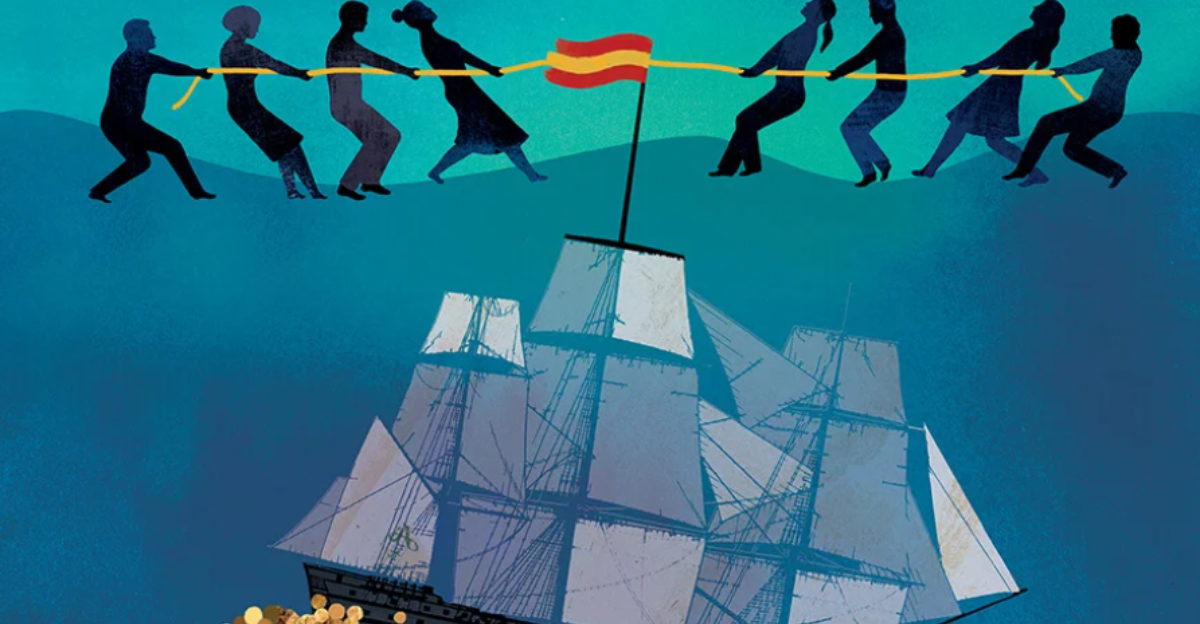
Ownership of the San José treasure is fiercely contested. The Colombian government claims the wreck as national patrimony, discovered in 2015 and protected by law. However, Sea Search Armada (SSA), a US salvage company, asserts it found the wreck in the early 1980s and seeks a share of the treasure, leading to ongoing litigation at the Permanent Court of Arbitration. Spain also claims ownership, arguing that naval vessels remain Spanish property regardless of age. These disputes highlight complex maritime law, sovereignty, and cultural heritage protection issues, delaying recovery efforts and complicating treasury management.
6. Colombia’s Recovery and Preservation Plans
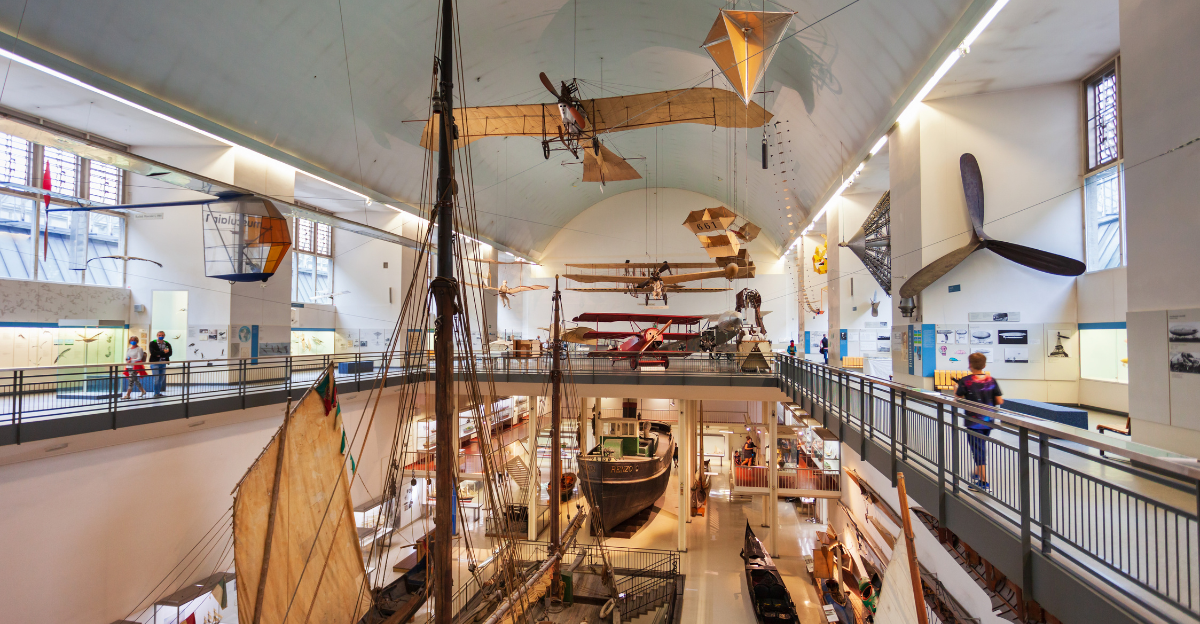
Colombia has approved a $1 million plan to recover artifacts from the San José, emphasizing careful preservation. The government intends to use underwater robots to extract treasures without damaging the site. Plans include establishing a dedicated museum to showcase the recovered artifacts and promote Colombia’s cultural heritage. This approach balances archaeological integrity with public access, boosting tourism and education while safeguarding the site from looting or commercial exploitation.
7. Technological Innovations in Underwater Archaeology

The San José exploration showcases cutting-edge underwater archaeology technology. Remotely operated vehicles (ROVs) and photogrammetry enable detailed, non-invasive study of artifacts at nearly 2,000 feet depth. High-resolution imaging allows researchers to analyze coin designs and inscriptions in situ, preserving fragile materials. These innovations minimize disturbance, protect cultural heritage, and set new standards for maritime archaeology worldwide, demonstrating how technology can unlock historical secrets while respecting preservation ethics.
8. Economic and Cultural Impact
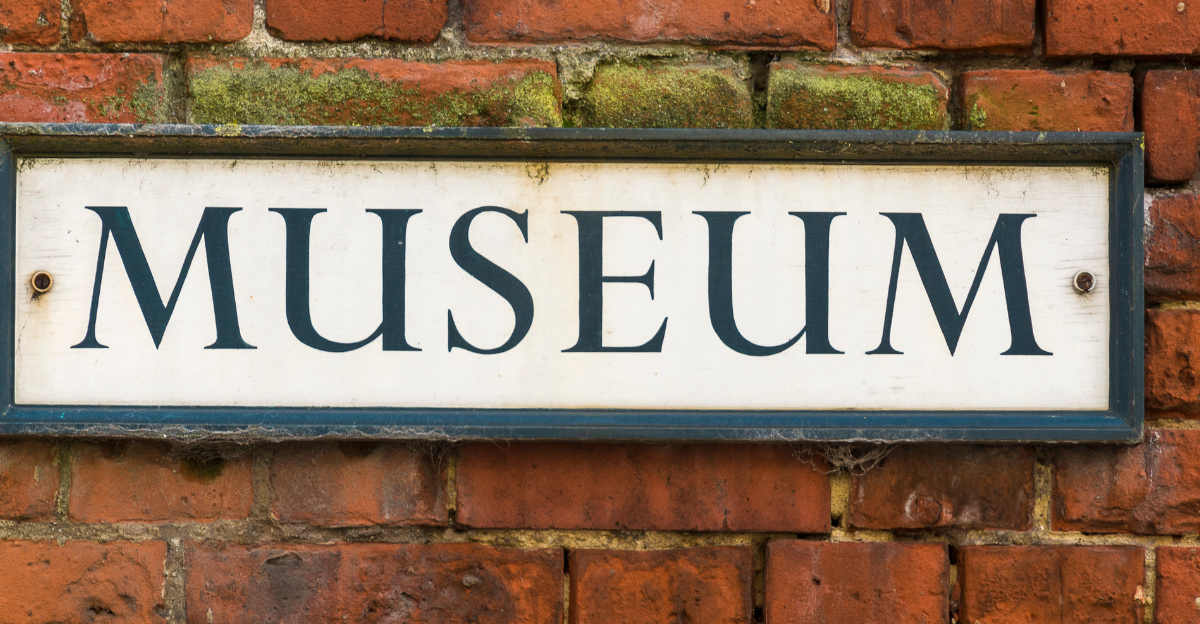
The San José discovery promises significant cultural and economic benefits for Colombia. A dedicated museum and heritage site could attract tourists, fostering local economic development and global interest in Colombian history. Managing a multi-billion-dollar treasure also raises questions about equitable sharing of wealth and the balance between public good and private interests. The project exemplifies how archaeological finds can stimulate national pride and economic growth while requiring responsible stewardship.
9. Contrarian Perspectives and Challenges
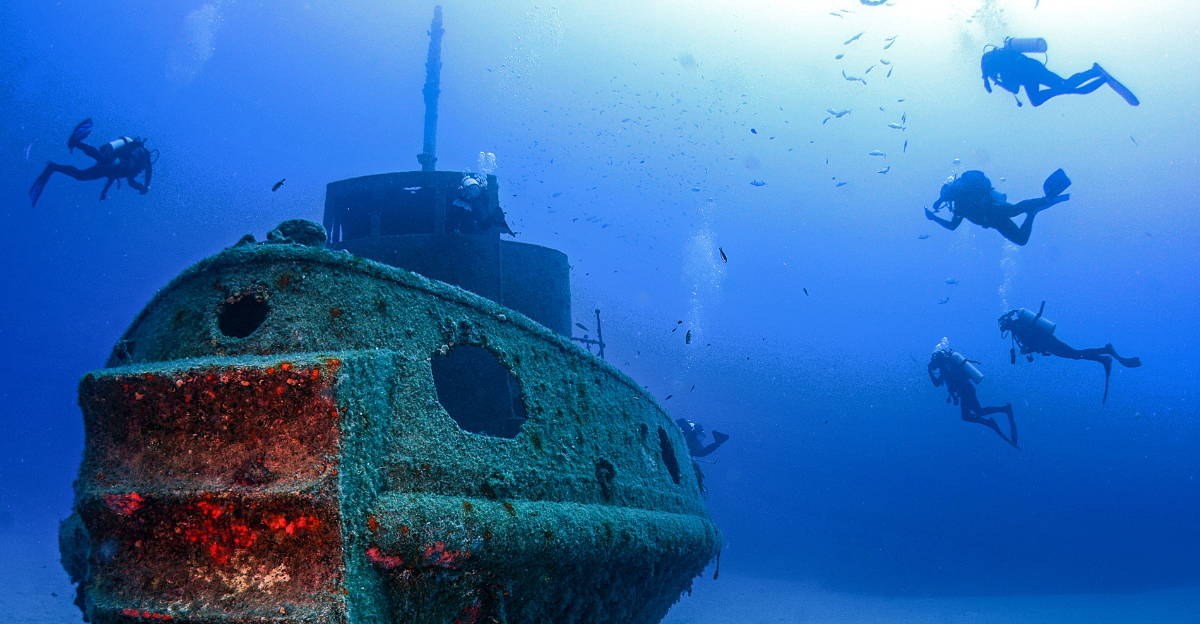
Critics caution against treasure hunting, overshadowing scientific research and warning of ethical dilemmas in exploiting shipwrecks for profit. The San José case illustrates tensions between commercial salvage and archaeological preservation. International law struggles to resolve sovereignty disputes over underwater cultural heritage, especially when multiple nations and private entities claim rights. These challenges underscore the need for clear policies prioritizing heritage protection over financial gain.
10. Unexpected Intersections and Broader Implications

The San José saga intersects maritime law, international diplomacy, and cultural heritage management. Its legal battles influence global policies on shipwreck ownership and underwater archaeology. Technological advances demonstrated here are shaping future explorations. The case sets a precedent for handling treasure disputes, balancing national interests, private claims, and preservation ethics, with worldwide implications for underwater cultural heritage.
Hidden Nugget Of History
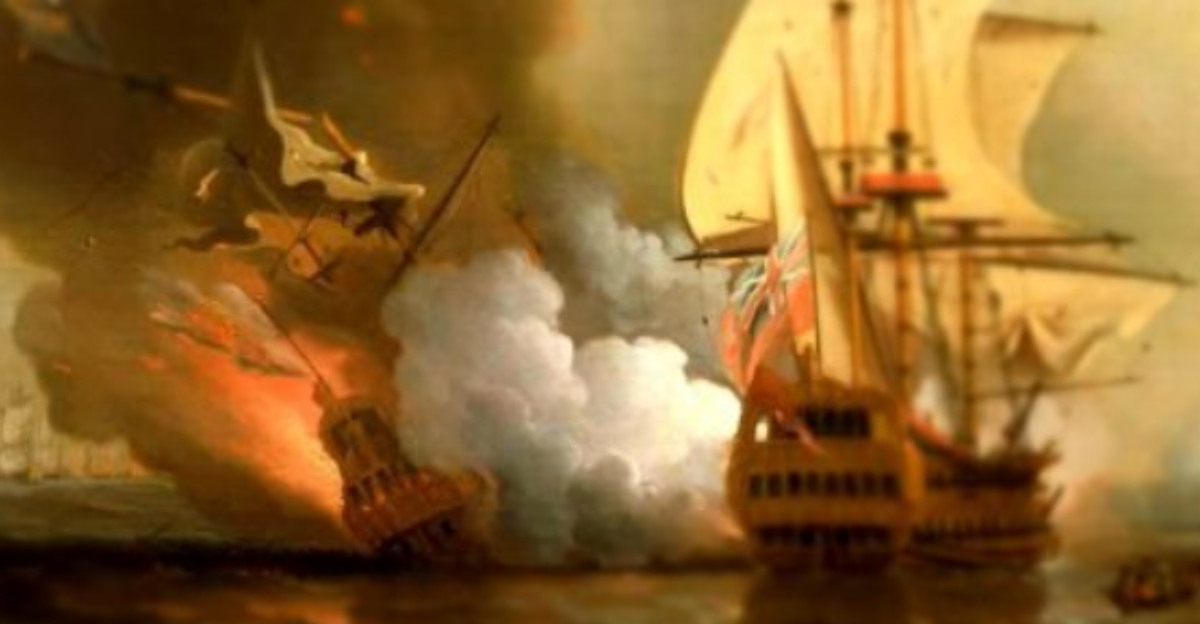
Known as the “holy grail of shipwrecks,” the San José sank in 1708 after a British cannon ignited its powder magazine during battle, killing most of its 600 crew. Its treasure includes some of the rarest gold coins minted in Lima in 1707, along with vast quantities of silver and emeralds. The wreck remained undiscovered for over 300 years, fueling myths and treasure hunts. Since its 2015 discovery, it has sparked one of the most significant legal battles over underwater cultural heritage, involving Colombia, the US salvage company Sea Search Armada, and Spain.

